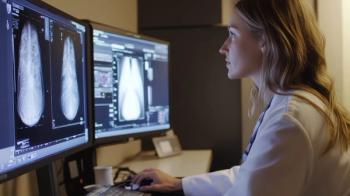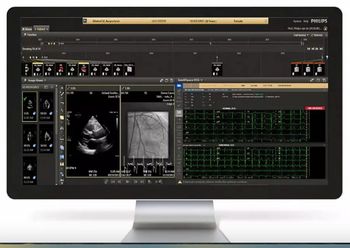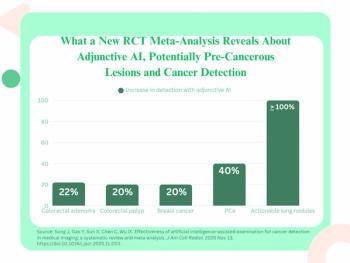
Risk Management and How to Know if it’s Time for a New Radiology Group
Implementing a risk management program is an essential component to a successful imaging facility, according to experts at AHRA 2014.
Radiology is the 6th highest risk specialty out of 28 other specialties, Teri Yates, Founder and Prinicipal Consultant, Accountable Radiology Advisors, said at AHRA 2014.
The spotlight already shines brightly on radiology when it comes to potential harm. But it’s more than safety that makes it a risky specialty. According to Yates, direct costs of radiology to the U.S. are approximately $175 billion, comprising 7.5 percent of U.S. healthcare expenditures. And where there’s high spending, there’s close attention.
Yates led a session at AHRA 2014 dedicated to managing risk, specifically clinical and regulatory risk, and the murky waters that accompany the many layers that accompany risk management in radiology. Risk management, Yates defined, is a process used to prevent adverse consequences and minimize the financial effects on the organization when adverse events occur. Financial effects can be mitigated, Yates noted, but reputational harm is not something organizations can insure.
Managing risk is a cyclic process: identify the risk, examine options, choose the best option, implement the option, analyze the implementation and improve, Yates said. She suggest asking yourself these questions: “What could go wrong and what would happen if something did go wrong?” and “How do I deal with those risks?” Avoid risks when you can, Yates said. Mitigate risks when they can’t be avoided. Insure for risks contractually when possible.
Radiology group buy-in is an absolute must in implementing an effective risk management program. So much so that if your radiology group will not address this need, Yates suggested that it may be time to think about a new radiology group. Radiology risk might be confined to the radiological department, but it is an organizational effort.
“Hospital and radiology group collaboration is essential,” Yates said.
Policy and procedure formation is paramount to risk management, Yates said. It helps all members of the team develop their thinking and determine how to operationalize goals and intentions.
“Good policies are the product of research, collaboration with important stakeholders and multiple reviews. Policies make you re-examine stock and change assumptions,” Yates said.
A good policy or procedure is futile if not understood, so make them user-friendly and easy to read, and consider interactive staff training when a new policy is rolled out, Yates suggested.
“Put your policies in a visual format in the department so people can act upon your guidance without having to read a policy when in the patient care area,” Yates said.
Even when policies and procedures are in place and staff is trained. Things happen. The way an organization treats errors is an essential aspect of a risk management program.
“If people get in trouble when they report a problem, they won’t report and we cannot fix the problems that aren’t reported,” Yates said.
A
“There need to be clear lines on what is acceptable behavior and what is not,” Yates said.
Yates suggested removing incentive for risky behaviors, for example, taking a shortcut to accomplish a task faster. Increase incentives for safe behavior, she said. “The performance review should include adherence to safety policies. We win as a team when everyone is doing the right thing.”
Yates also suggested implementing a randomized peer review process, as self-reported peer review leaves too much room for error.[[{"type":"media","view_mode":"media_crop","fid":"26970","attributes":{"alt":"","class":"media-image media-image-right","id":"media_crop_133047792040","media_crop_h":"0","media_crop_image_style":"-1","media_crop_instance":"2580","media_crop_rotate":"0","media_crop_scale_h":"0","media_crop_scale_w":"0","media_crop_w":"0","media_crop_x":"0","media_crop_y":"0","style":"height: 67px; width: 201px; border-width: 0px; border-style: solid; margin: 1px; float: right;","title":" ","typeof":"foaf:Image"}}]]
“Once you have an objective process, analyze the data. Rates of error vary depending on the modality,” Yates said. “Identify root causes of error and mitigate.”
Yates noted that CT has the highest error rate; MR and ultrasound, the lowest.
Increasing pressure and heavy workloads make implementing additional risk management steps a hard sell. Yates suggests driving radiology group accountability, and giving them a seat at the table.
“Establish a QA committee for radiology led by the chief of radiology,” Yates said. “Tie compensation to performance, eliminate pure stipends and transform them into pay-for-performance incentives. You have a way to get them to do this, it’s called a contract.”
Newsletter
Stay at the forefront of radiology with the Diagnostic Imaging newsletter, delivering the latest news, clinical insights, and imaging advancements for today’s radiologists.


























